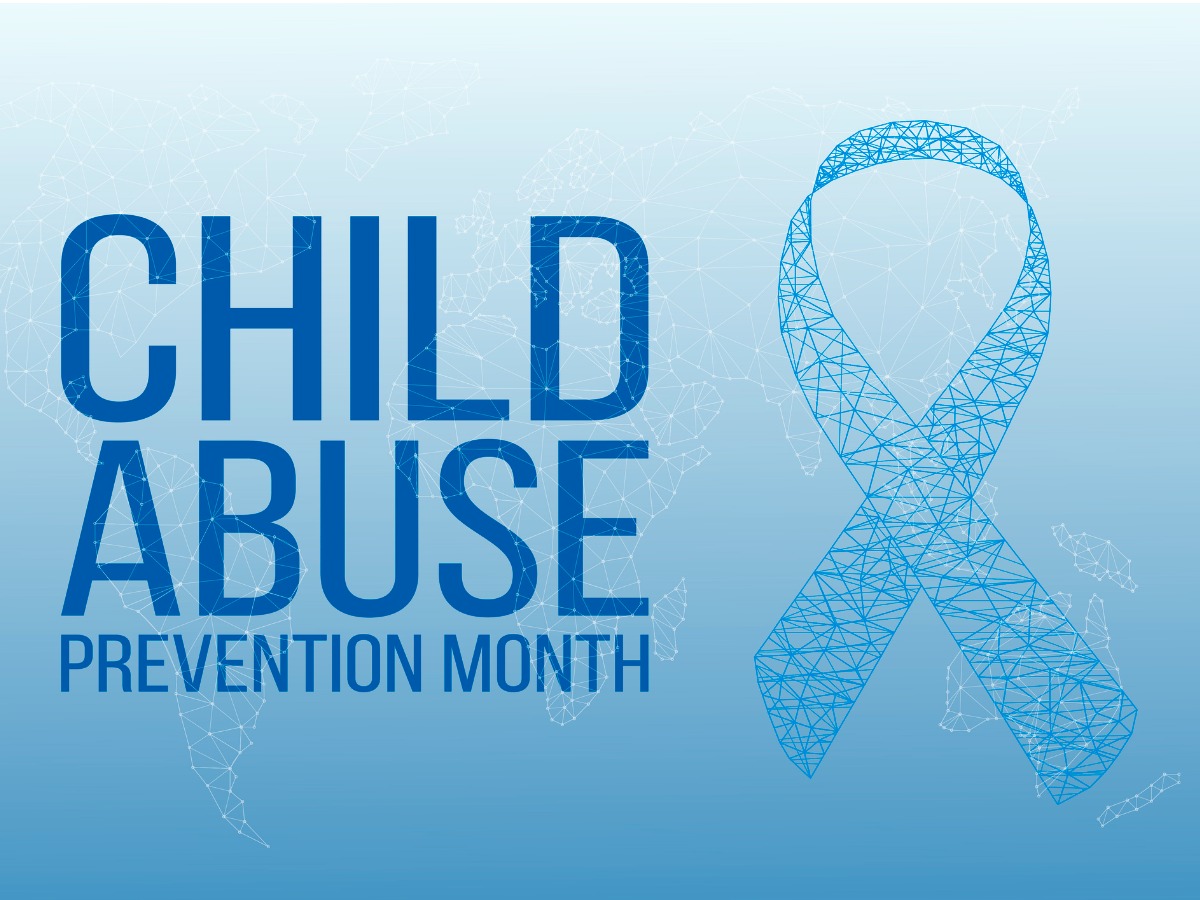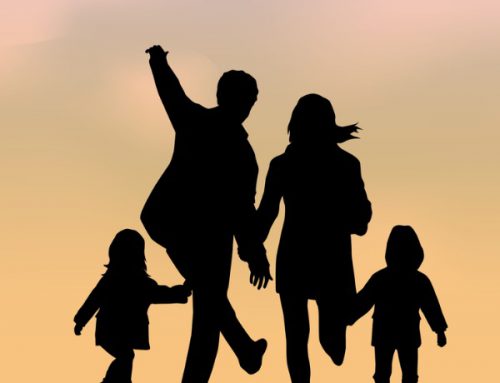Child Abuse Awareness Month

Child abuse is a widespread problem that affects millions of children worldwide. It is a term used to describe any physical, emotional, or sexual mistreatment or neglect of a child. Child abuse can occur in any family, regardless of race, ethnicity, socioeconomic status, or educational level. Child Abuse Awareness Month is an important opportunity to raise awareness about the issue of child abuse and to encourage people to take action to prevent it.
Child Abuse Awareness Month is observed in April of each year. The month serves as a time to raise awareness about the issue of child abuse and to provide education and resources to parents, caregivers, and the community about how to prevent it. Child abuse can take many forms, including physical abuse, sexual abuse, emotional abuse, and neglect. Each form of abuse has its own set of signs and symptoms, but some common indicators of abuse include unexplained injuries, changes in behavior, depression or anxiety, and poor performance in school.
Physical abuse is one of the most visible forms of child abuse. It involves any intentional act of physical harm inflicted on a child, such as hitting, slapping, or kicking. Signs of physical abuse may include bruises, burns, or other injuries that cannot be explained. Children who are physically abused may also be afraid to go home or to be alone with their abuser.
Sexual abuse involves any sexual activity with a child, including touching, fondling, or penetration. Signs of sexual abuse may include genital or anal bleeding, pain or discomfort, or a sudden fear of certain people or places. Children who are sexually abused may also have difficulty sleeping or eating, and may exhibit signs of depression or anxiety.
Emotional abuse is a form of abuse that involves the consistent verbal or psychological mistreatment of a child. This can include belittling, name-calling, or withholding affection. Signs of emotional abuse may include low self-esteem, poor performance in school, or a lack of social skills. Children who are emotionally abused may also be excessively clingy or fearful of others.
Neglect is a form of abuse that involves the failure of a parent or caregiver to provide for a child's basic needs, such as food, shelter, or medical care. Signs of neglect may include poor hygiene, untreated medical conditions, or a lack of supervision. Children who are neglected may also have poor attendance at school or may seem disconnected from their peers.
Child abuse can have devastating effects on children, both in the short and long term. Children who are abused are at increased risk for physical, emotional, and behavioral problems, as well as academic difficulties. They may also be at increased risk for substance abuse, depression, and suicide.
Preventing child abuse requires a community-wide effort. It is important for parents, caregivers, educators, and other members of the community to be aware of the signs of child abuse and to take action to prevent it. Some steps that can be taken to prevent child abuse include:
Child Abuse Awareness Month provides an opportunity to raise awareness about the issue of child abuse and to encourage people to take action to prevent it. By educating ourselves and taking steps to prevent abuse, we can help ensure that









